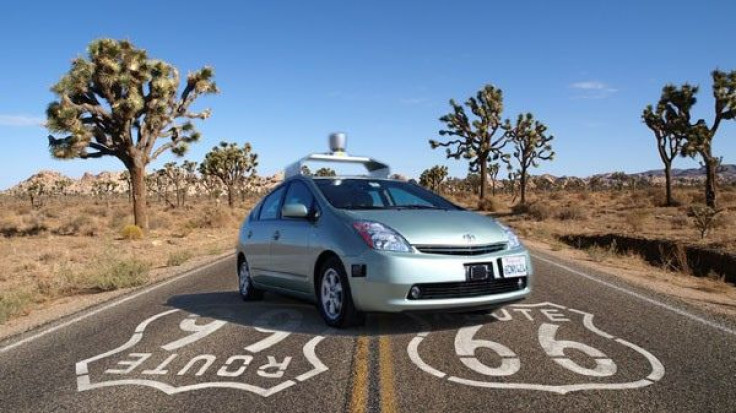Google’s Driverless Cars Are Safer Than Vehicles Driven By Humans, But They Aren't Perfect

It's official: The future is here. Google has announced that its driverless cars are actually safer than human drivers. Don’t get your hopes up too high, though. Just because the cars are safer than human drivers doesn’t make them completely “crash proof.” Still, it promises to be safer than a human driver, which, when looking at data from the Centers for Disease Control and Prevention (CDC), doesn’t seem to be very hard. According to the CDC, more than 2.3 million adult drivers and passengers were treated in emergency departments as the result of being injured in motor vehicle crashes in 2009. Although no one is saying that the Google driverless car is the answer to injuries, or even deaths, caused in motor vehicle accidents in the United States, it can surely help to decrease the numbers.
At a recent robotics conference in California, Chris Urmson, leader of Google’s autonomous-car project, presented results from two studies on the cars' performance on public roads in California and Nevada. Testing for the Google cars on public roads has been going on since 2010. There is always a human in the driver’s seat to take over in case of an emergency. According to the results, Google’s cars accelerated and braked significantly more sharply when a human was behind the wheel than when they were piloting themselves. “We’re spending less time in near-collision states. Our car is driving more smoothly and more safely than our trained professional drivers,” Urmson explained to The Telegraph.
The results also showed that the cars’ software was better at keeping a safe distance between vehicles than human drivers. The cars are also able to give concrete evidence on what happened in an accident, so insurance companies no longer have to rely on hearsay. In one test, a Google car was hit by another driver and the car’s data was used to create an annotated map of the surroundings, which proved what happened. “We don’t have to rely on eyewitnesses that can’t be trusted as to what happened—we actually have the data. The guy around us wasn’t paying enough attention. The data will set you free,” Urmson told The Telegraph.
According to Thierry Fraichard, a French computer scientist, it’s against the laws of physics to create a completely "crash-proof" car. On Motherboard, Frichard explained that in order for a vehicle to be absolutely safe, it has to literally know everything that is about to happen and has to have enough time to adjust for the movement of everyone and everything else. In other words, the car would have to predict the future. If not, there will eventually be a situation in which there’s no time to react.
The newest upgrade that Google wants to add to their driverless cars is a dashboard display that would help people understand what the car is doing and when they may want to take over. A Pew Research Center survey showed that Americans are in two minds over whether or not they would be interested in buying an autonomous car. Interestingly enough, the split is closely tied in with where people live. Over half of Americans living in urban and suburban areas are interested in the futuristic vehicles, while the responses of those in rural areas were not as keen on the idea. The car is still not available to the public yet, although Google is currently discussing different ways to bring it to the market.



























